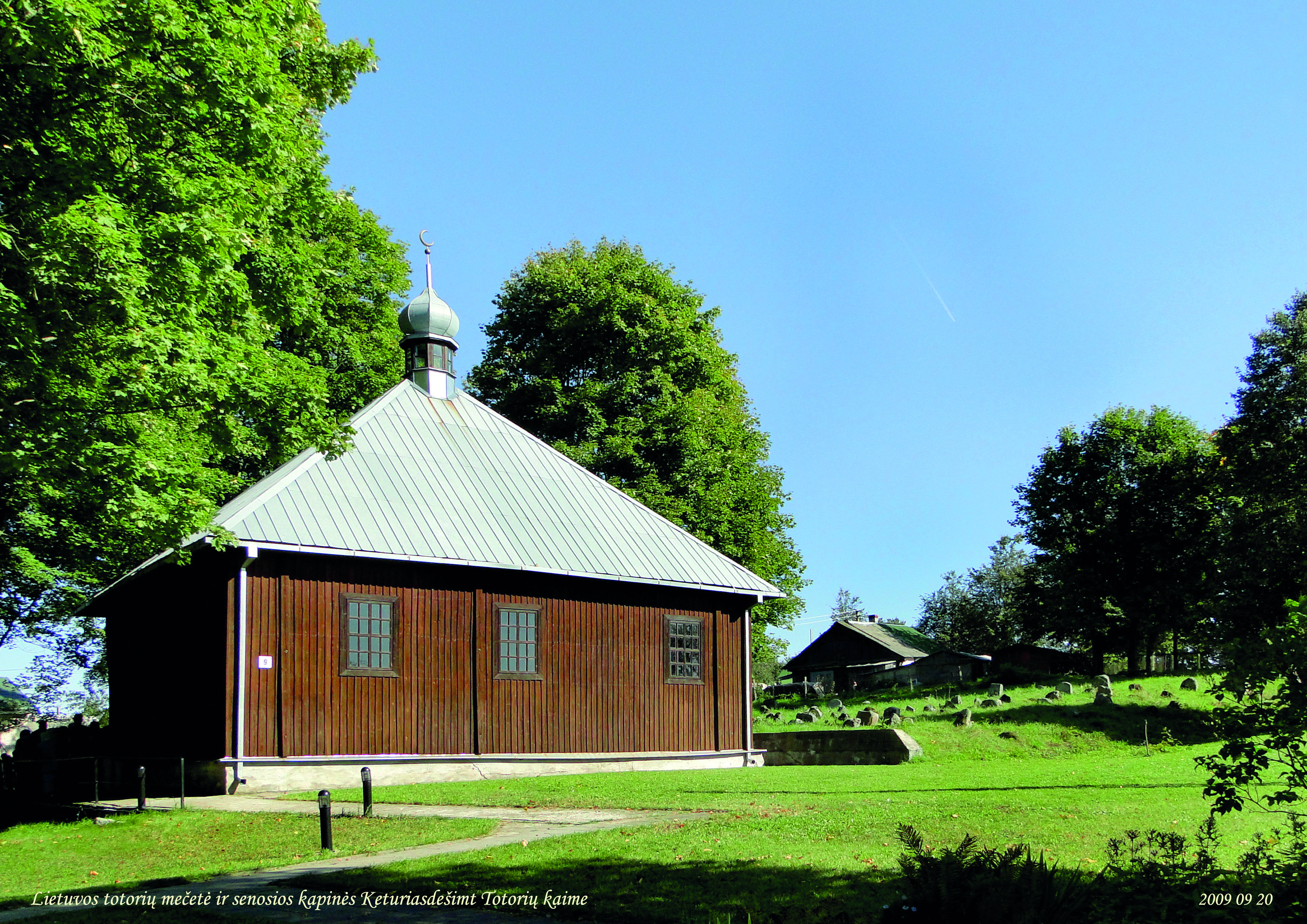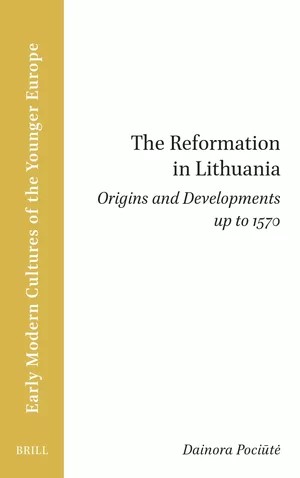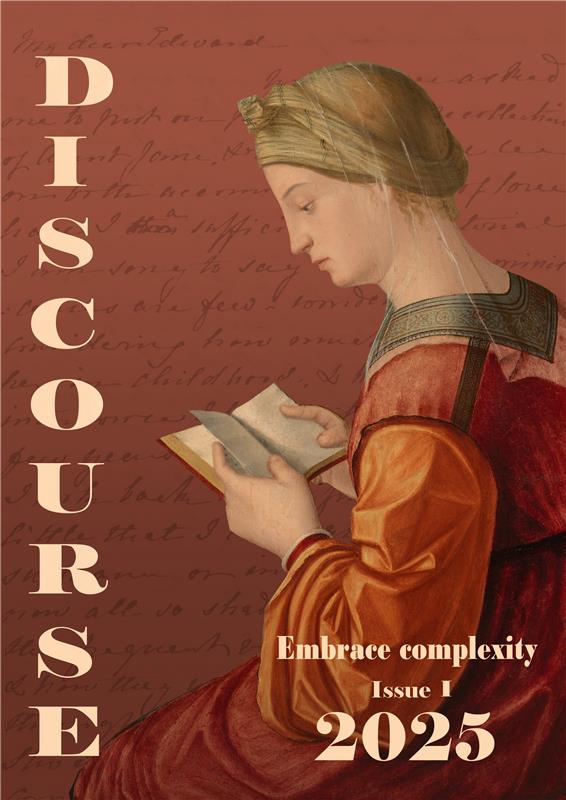Commemoration of the Day of Rescuers of Lithuanian Jews – Eternal Respect for Humanity

The Day of Rescuers of Lithuanian Jews, 15 March, is an exceptional commemorative date dedicated to remembering and honouring the brave Lithuanian people who saved Jews during the Nazi occupation, risking the freedom and life of themselves and their families. The first official commemoration of this day took place on 15 March 2023, when the names of the Jewish rescuers – Righteous Among the Nations and Lithuanian citizens awarded the Life Saving Cross – were solemnly read in the Simonas Daukantas courtyard at Vilnius University (VU) in tribute to the memory of the victims of the Holocaust.
“This is a special day that reminds us of the true splendour of humanity. With utmost respect and gratitude, we remember the brave, noble-hearted people who, even in the darkest moments of our history, did not succumb to fear – they remained dignified, they gave hope and, risking their freedom and life, saved others. It is especially important that this commemoration becomes not only meaningful, but also a cherished tradition,” said Prime Minister Gintautas Paluckas, honorary patron of the event.
This year, we invite you to mark this day and contribute to the commemoration of the rescuers’ memory at 15:00 on 17 March (Monday) in Simonas Daukantas courtyard at Vilnius University (Universiteto g. 5), by reading their names during the event.
The Seimas of the Republic of Lithuania declared this date as commemorative for a significant reason – it was on 15 March 1966 that VU librarian Ona Šimaitė was honoured with the title of Righteous Among the Nations. Ona Šimaitė, who had permission to visit the Vilnius Ghetto in order to, allegedly, return books, established contact with the people imprisoned there when bringing in the bare necessities. On her way out, she saved manuscripts, valuable publications, and even people. During the Nazi occupation, she helped dozens of Jews for which she was arrested and sent to Dachau Concentration Camp.
“The third annual commemoration of the Day of Rescuers of Lithuanian Jews, organised by the Government and the University, demonstrates a meaningful new tradition. It is important that the commemoration is joined by as many different communities and young people as possible. We want history to remain preserved and become a lesson for responsible decisions of the present,” said VU Rector Prof. Rimvydas Petrauskas.
At the centre of this historical memory are ordinary but brave and humane people from different backgrounds: politicians, scientists, priests, teachers, peasants, artists. Among them – President of Lithuania Kazys Grinius, poet and playwright Balys Sruoga, Landsbergis and Sondeckis families, and the famous VU librarian Ona Šimaitė. All of them prove that in difficult times, noble values, respect for the life of others, and fidelity to humanity transcend fear.
Although the most important commemorative date is 15 March, various commemorations and events take place throughout the week or even month. In 2025, as every year, events are organised throughout Lithuania.
This year, continuing the meaningful tradition, the commemoration is organised on 17 March at 15:00 in Simonas Daukantas courtyard at Vilnius University. During the event, the names of those who rescued Jews will be read in tribute to the memory of the victims of the Holocaust. The event will be attended by the top government officials, politicians, families of the Jewish rescuers, members of Jewish Community of Lithuania, representatives of the international community, and VU lecturers and students.
If you wish to participate, please register in advance here. The event is open to the public; therefore, everyone who wishes to express gratitude and respect for those who were not afraid to help others during the war is welcome.












